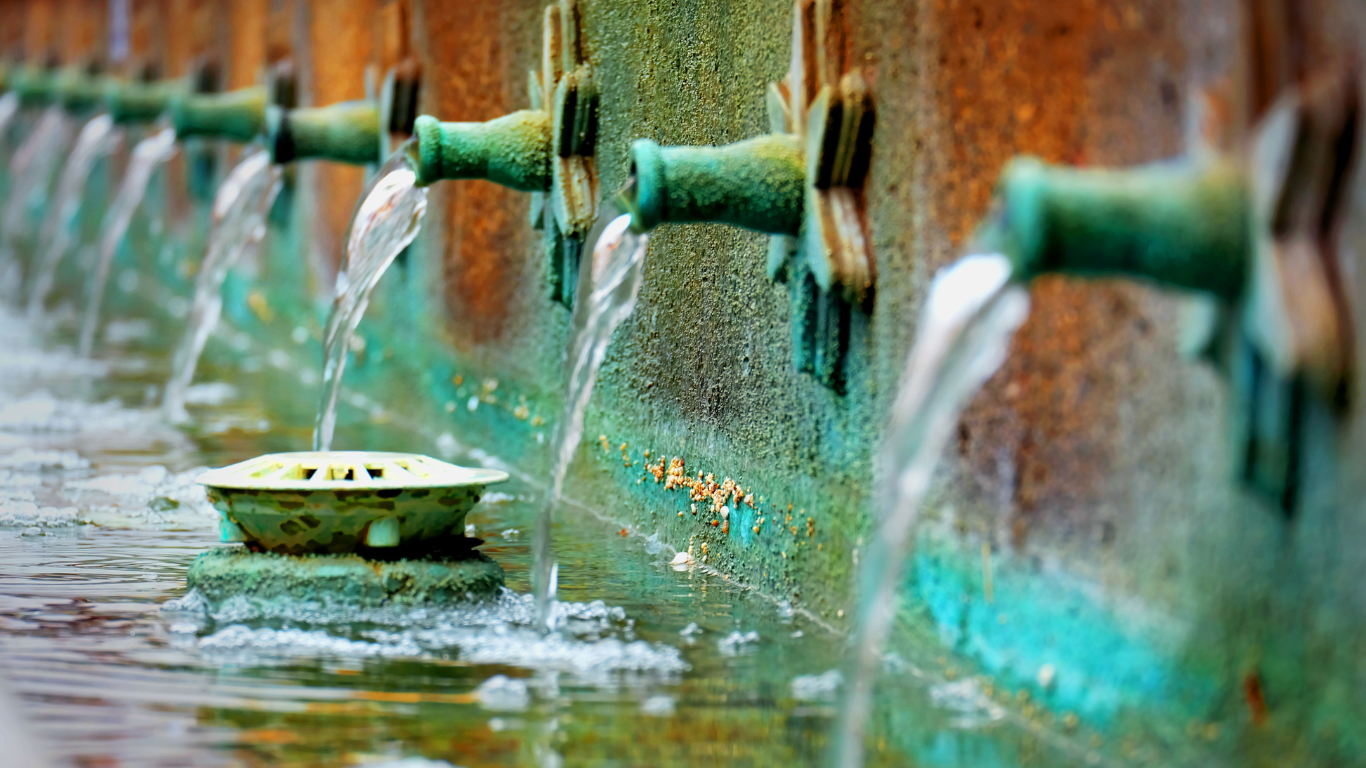Point source pollution—think factory pipes or sewage outlets—gets a bad rap for harming the environment. But it’s not all negative. Because it comes from a single, identifiable spot, this type of pollution has upsides that are often overlooked. It’s easier to track, manage, and regulate than pollution spread across wide areas, like runoff from farms. Understanding its advantages can help us tackle environmental issues smarter. This article dives into why point source pollution, despite its downsides, offers unique benefits for regulation, cleanup, and even innovation. Let’s explore how its clear origins make it a problem we can actually solve.
Easier to Identify and Monitor
Point source pollution stands out because it comes from one clear spot, like a factory’s smokestack or a wastewater pipe. This makes it simple to pinpoint the source, unlike pollution from fields or cities that’s hard to trace. Regulators can test water or air right at rainy seasons, and climate change makes water management trickier. By focusing on these clear sources, we can act fast to protect nature and communities.
Tracking Tools: Keeping an Eye Out
Tools like sensors and water testing kits make monitoring point source pollution a breeze. Factories often have to install these devices to check their emissions in real time. This helps catch problems early, like a spill or leak, before they spread. It’s like having a bullseye, giving regulators a clear target to watch and control.
Data for Action: Clear Evidence
Because point source pollution is so specific, the data collected from it is reliable. Water samples from a pipe or air readings from a stack give exact numbers on pollutants. This hard evidence helps regulators prove who’s responsible and push for quick fixes, like fines or cleanup plans, without guesswork.
Simpler to Regulate and Enforce
Regulating point source pollution is straightforward since the source is obvious. Governments can slap rules on specific factories or plants, requiring permits that limit how much they can release. These rules are easier to enforce than trying to control scattered sources like farm runoff. For example, a factory might need to install filters or treat wastewater before it’s released. Because the source is clear, it’s easier to check if they’re following the rules. This targeted approach saves time and money for regulators and helps clean up faster than tackling vague, widespread pollution.
Permits: Clear Rules for Polluters
Permits are a big win for managing point source pollution. Factories or plants must get these to operate, with strict limits on what they can release. If they go over, fines or shutdowns follow. This system keeps polluters in check and ensures they invest in cleaner tech, cutting down environmental harm.
Enforcement: Holding Pollurers Accountable
With point source pollution, it’s easy to spot the culprit. Inspectors can visit a factory, test emissions, and issue penalties if rules are broken. This direct enforcement pushes companies to follow laws or face real consequences, unlike diffuse pollution where no one’s clearly to blame.
Cleaner Tech Through Regulation
Point source pollution drives innovation. Since factories or plants are easy to monitor, they’re pushed to adopt cleaner technology to meet strict rules. This can mean installing scrubbers to clean air emissions or systems to treat wastewater. These upgrades cut pollution and often save money in the long run by using less energy or water. Plus, companies compete to meet standards, sparking new ideas in green tech that can spread to other industries. Point source pollution’s clear origins make it a catalyst for better, cleaner ways to operate.
Scrubbers and Filters: Cleaning Up
Factories often install scrubbers to trap pollutants from smokestacks or filters to clean wastewater. These tools catch harmful stuff before it’s released, making air and water safer. For example, coal plants use scrubbers to cut sulfur emissions, which helps reduce acid rain. It’s a practical fix driven by clear regulations.
Innovation: New Ideas Sparked
Tough rules on point source pollution push companies to innovate. They develop things like low-waste production or water recycling systems to comply. These advancements not only clean up their act but can inspire other industries to go greener, creating a ripple effect of better tech for the planet.
Cost-Effective Cleanup
Cleaning up point source pollution is often cheaper than tackling widespread pollution. Since the source is one spot—like a pipe or stack—cleanup crews can focus their efforts. For example, a factory spill can be contained with booms or treated at the source, costing less than cleaning an entire river. This focused approach saves taxpayer money and gets results faster. Plus, the responsible company can often be forced to foot the bill, making it fairer for everyone. Point source pollution’s clear origins make cleanup practical and affordable.
Targeted Spill Response
When a factory pipe leaks oil or chemicals, responders can act quick. They set up barriers or treat the water right at the source, stopping the spread. This targeted fix is way cheaper than cleaning up miles of polluted streams or soil, and it protects ecosystems better.
Making Polluters Paying
With point source pollution, it’s easy to identify who’s at fault, so regulators can make them pay for cleanup. For example, a company dumping waste might have to fund the whole fix. This saves public money and pushes companies to prevent spills in the first place, knowing they’ll face the bill.
Community and Health Benefits
Point source pollution’s clear origins help protect people. Since it’s easy to spot, regulators can act fast to stop harmful emissions, keeping air and water cleaner. For example, a factory releasing toxins can be shut down or fixed quickly, protecting nearby towns from health risks like asthma or contaminated water. Communities can also push for stricter rules when they know exactly where the problem’s coming from. This direct link between source and solution means faster action, safer homes, and healthier lives for those living near industrial sites.
Protecting Local Waterways
When a sewage plant or factory pollutes a river, it’s easy to trace the source. Quick action—like shutting off the pipe or adding treatment—stops the spread of toxins. This protects drinking water and fish, keeping communities safe from things like E. coli or heavy metals.
Empowering Communities
When pollution comes from one clear spot, locals can demand action. They know who’s responsible and can push for inspections or fines. This empowerment leads to faster fixes, like a factory installing better filters after community complaints, improving air or water quality for everyone nearby.
Economic Wins from Regulation
Regulating point source pollution can boost local economies. Cleaner air and water from controlled emissions attract businesses and tourism, while fines from polluters fund public projects. Plus, companies investing in green tech often find long-term savings, like lower energy costs. These regulations also create jobs in cleanup or tech development. Since the pollution source is clear, it’s easier to enforce rules that lead to these wins, making communities not just cleaner but stronger economically.
Job Creation: Green Work
Tough rules on point source pollution create jobs. Companies hire workers to install filters, treat water, or monitor emissions. Cleanup efforts also need crews to handle spills or restore rivers. These jobs boost local economies while making the environment safer for everyone.
Tourism and Business Growth
Clean water and air from regulated point sources make areas more appealing. Tourists flock to pristine rivers or clear skies, and businesses move to places with strong environmental rules. This economic lift comes from knowing exactly where pollution starts and stopping it fast.




